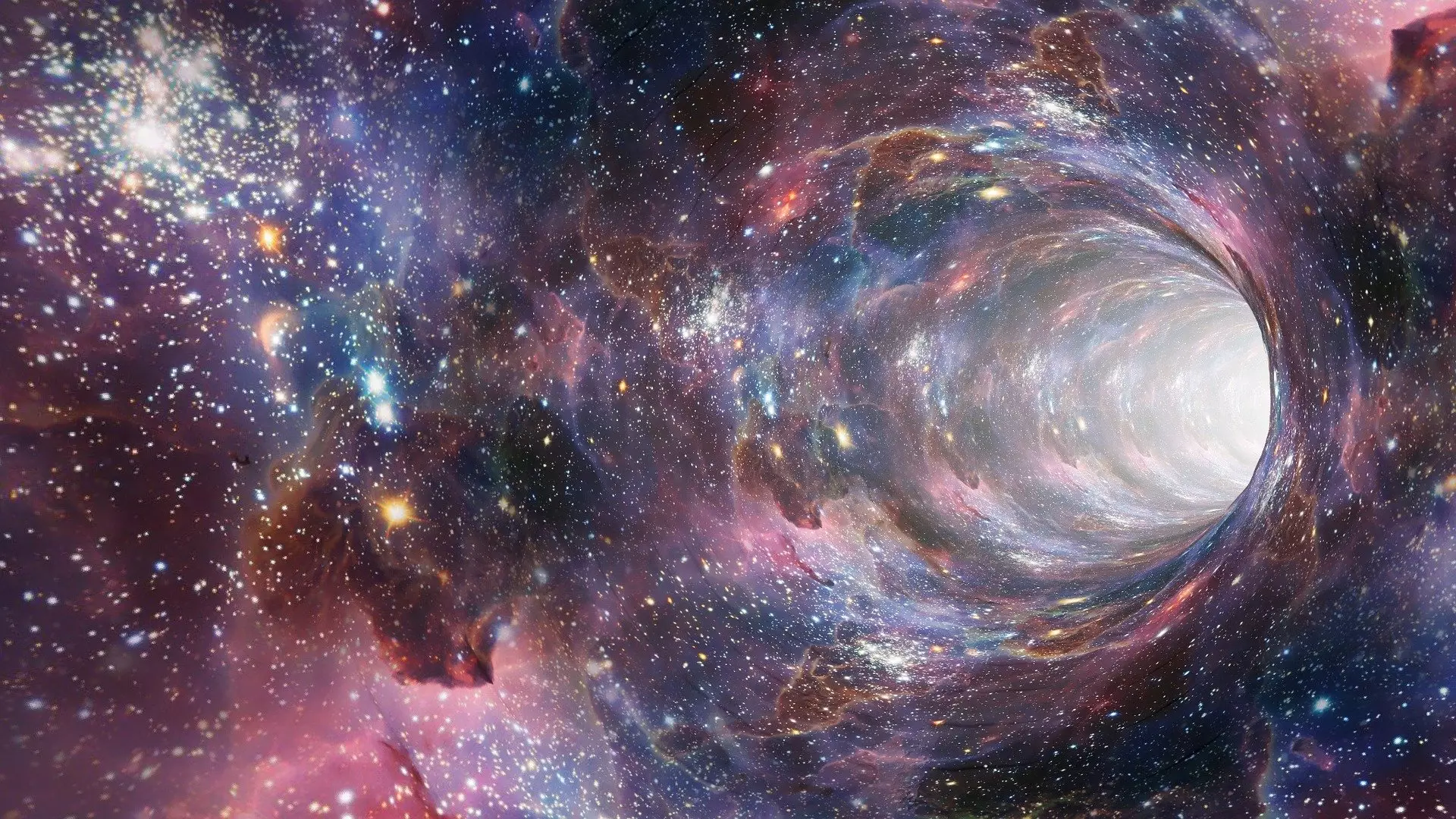Dark energy stands as one of the most profound mysteries of modern cosmology. With its enigmatic nature, it contributes to the accelerated expansion of the universe—a phenomenon that continues to baffle scientists. Within the framework of the Lambda-CDM model, dark energy is traditionally interpreted through the lens of a cosmological constant, a relic of Einstein’s equations. This constant, while deemed positive, is curiously minimal, leading to questions about its fundamental nature. The presence of dark energy, characterized by its negative pressure, defies conventional logic and remains unexplainable, sparking discomfort and skepticism among physicists. As such, the scientific community is actively exploring alternative paradigms to provide clarity.
Alternative Theories to Dark Energy
Among the alternative cosmological models, one exceptionally intriguing theory explores the concept of an anti-universe—a counterpart that operates in reverse temporal flow. This radical perspective, outlined in previous research, posits that the combined dynamics of our universe and its anti-universe could account for accelerated cosmic expansion without invoking dark energy. This notion challenges the status quo, enticing physicists to reconsider the fundamental structure of reality.
Recent developments in brane theory—particularly the braneworld model—expand on this unconventional idea. The concept likens our universe to a three-dimensional brane situated within a higher-dimensional bulk. Imagine the brane as a two-dimensional sheet suspended in the vast expanse of three-dimensional space. Within this framework, the brane’s tension becomes a crucial factor in understanding cosmic dynamics.
The Braneworld Model and Variable Tension
Transitioning to the variable tension model, I, along with my collaborators, incorporated a scalar field to represent Newton’s constant, G, in four-dimensional space, while preserving the five-dimensional constant originating from the bulk. This multiscale approach resembles modifications seen in Graham-Dick’s gravity theories, promoting G to a scalar field. Through this model, the interplay between variable brane tension and scalar field dynamics mirrors the characteristics of the standard Friedmann equation. Intriguingly, scalar fields assume roles analogous to matter in our universe, while traditional matter behaves like dark energy. This nuanced understanding suggests a more elegant solution, circumventing the need for a cosmological constant altogether.
This development allows us to reformulate the equation governing cosmic expansion using only two primary components: the scalar representation of Newton’s constant and the matter field. By treating radiation as negligible—a reasonable approximation considering our universe’s prevailing conditions—we arrive at an innovative synthesis that reframes dark energy as a composite effect without resorting to the abstract concept of a cosmological constant.
Philosophical Implications and Future Directions
As we confront the implications of these findings, a critical question emerges: do we choose to embrace the complexity of a universe governed by dark energy and dark matter, or do we confidently step into the realm of higher-dimensional multiverses? The latter approach offers a compelling narrative but also raises philosophical concerns regarding simplicity and consistency in the laws of nature. Modified gravity theories, which suggest that fundamental constants alter with distance, run counter to a more poetic interpretation of the universe. My inclination leans toward a natural order defined by elegance and symmetry, the hallmarks of true understanding.
Ultimately, the resolution of these cosmic puzzles may lie in future observations and advancements in scientific methodologies. As we unlock the secrets of the universe, the pursuit of knowledge remains steadfast. With each new discovery, we inch closer to unraveling the complexities that interweave our cosmos. The journey may be arduous, but with each theory, each advancement, we glean insights that illuminate the fabric of reality, pushing the boundaries of our intellectual horizons.

